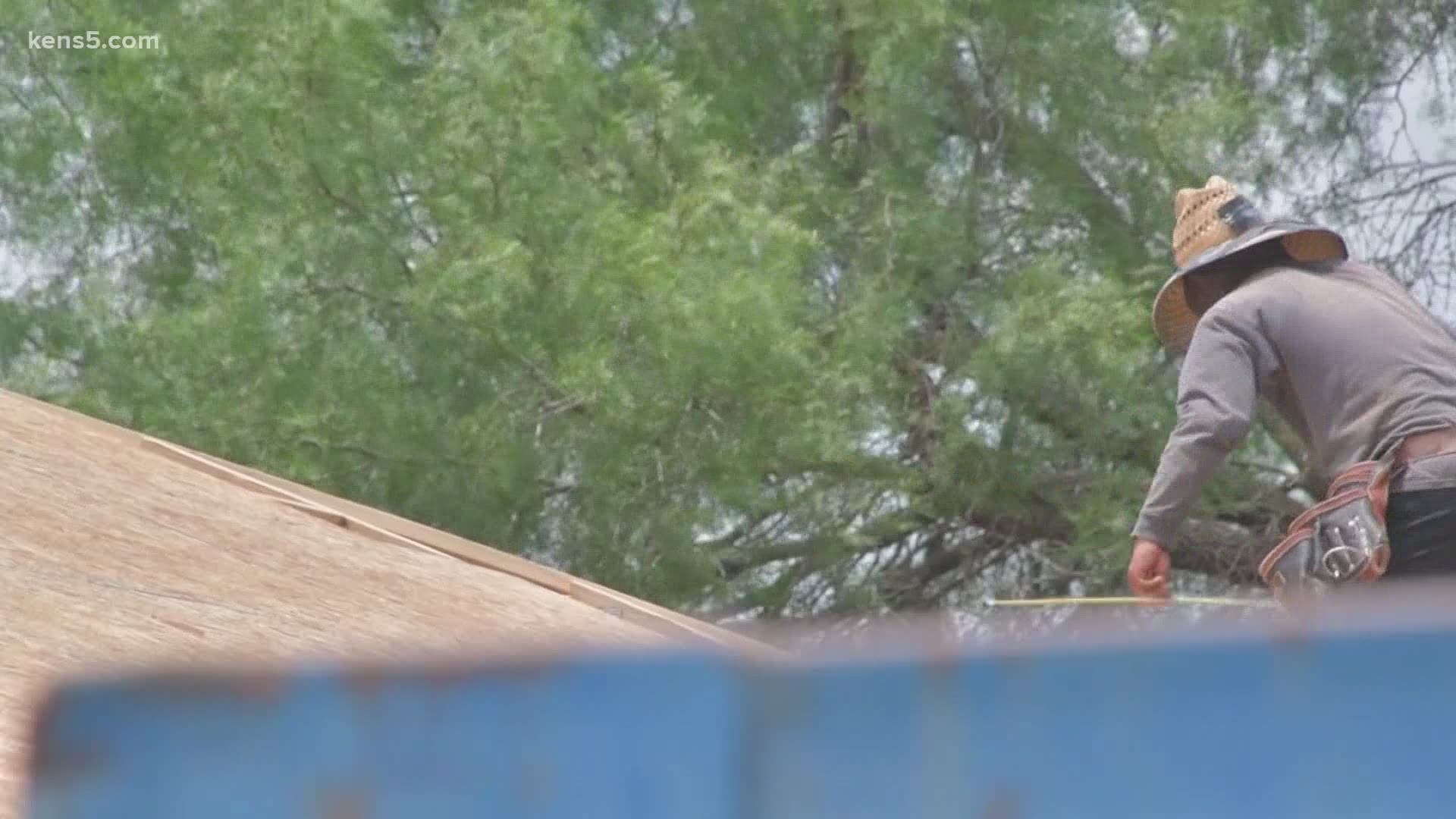SAN ANTONIO — The cost of wood is creating challenges for Habitat for Humanity of San Antonio in its mission to provide housing to low-income San Antonians.
San Antonio is home to the oldest affiliate of Habitat for Humanity in the world.
“We’ve come a long way and we’re excited to be celebrating our 45th anniversary this year,” said Stephanie Wiese, vice president of San Antonio Habitat for Humanity.
Giving people an affordable home to call their own has been the organization's mission, accomplished through community partnerships and sweat equity.
“Usually they’re first-time homebuyers,” Weise said. “They purchase the home with a 0% interest mortgage, so that’s what makes it affordable to them.”
But Wiese says that the cost of building materials, particularly wood, is making that mission difficult. Some of the items they use have tripled or quadrupled in price.
“We put lots of two-by-fours in our houses and a two-by-four used to cost $2,” Weise said. “A two-by-four now is costing about $8, just one two-by-four."
She says the extra costs are keeping them from expanding. They originally planned on building 60 homes in 2021. Instead they are matching their number of homes from 2020.
“It was quite obvious as the pandemic grew on and as the cost of lumber and supply chain shortages started to occur that we wouldn’t be able to do that 60, so we have settled on building 51 homes this year," Weise said.
The homes cost families about $95,000. That covers the costs of building the home without the overhead of a traditional homebuilder.
“What we’re finding is because of these additional costs," Weise said. "We’re having to spend probably at least about an extra $10,000 per house.”
While Habitat for Humanity isn't putting that extra cost onto families, it does means they’ve had to eat the high bills. They are turning to the community in hopes of finding additional funds to cover those costs.
“It could be a church, could be a business, could be a foundation, and individual,” Weise said. “We’re being creative in trying to find ways to pay for that additional cost, so that doesn’t transfer over to our families.”

